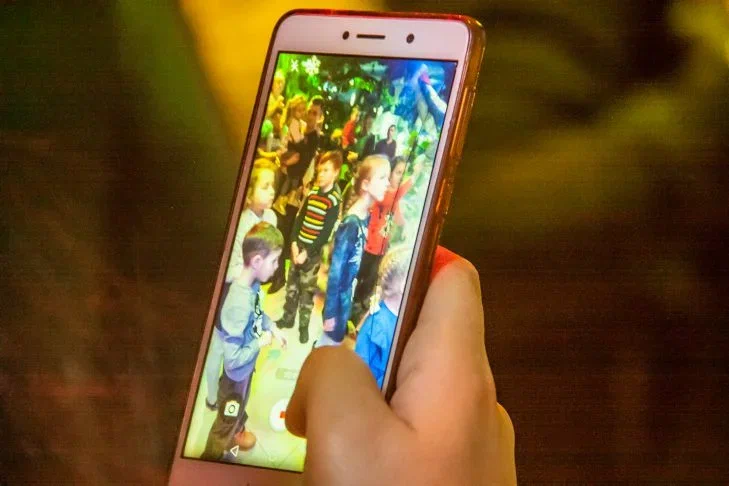Have you noticed that when a child stares at a screen, it’s as if he disappears from the real world?
Parents often scold themselves for allowing their children to play with gadgets, but the problem is not the minutes spent online.
The main thing is what exactly replaces this time. Modern children grow up in a world where digital technologies have become part of everyday life, and it makes no sense to ban them.

But there is a nuance that many forget: screens do not teach how to feel, communicate, or create. They provide ready-made templates, instant results, and a one-sided experience.
Imagine that instead of going on a treasure hunt in the park together, your child watches videos of other children doing it.
Instead of modeling with plasticine, he plays in a virtual sandbox. Instead of arguing with friends about toys, he chats.
It would seem like trifles. But it is in these trifles that skills are formed that you cannot get through a screen: the ability to negotiate, to endure failure, to enjoy simple things.
What to do? Don't take away the phone, but create an alternative.
For example, set aside an hour for a “digital detox” with the whole family: cook dinner together, play board games, draw comics.
It is important not just to keep the child busy, but to show that the real world can be more interesting than the virtual one.
Don't beat yourself up for allowing YouTube, but don't let gadgets become your only source of joy.
Balance arises when children have a choice - and they themselves begin to prefer live communication, creativity, movement.
